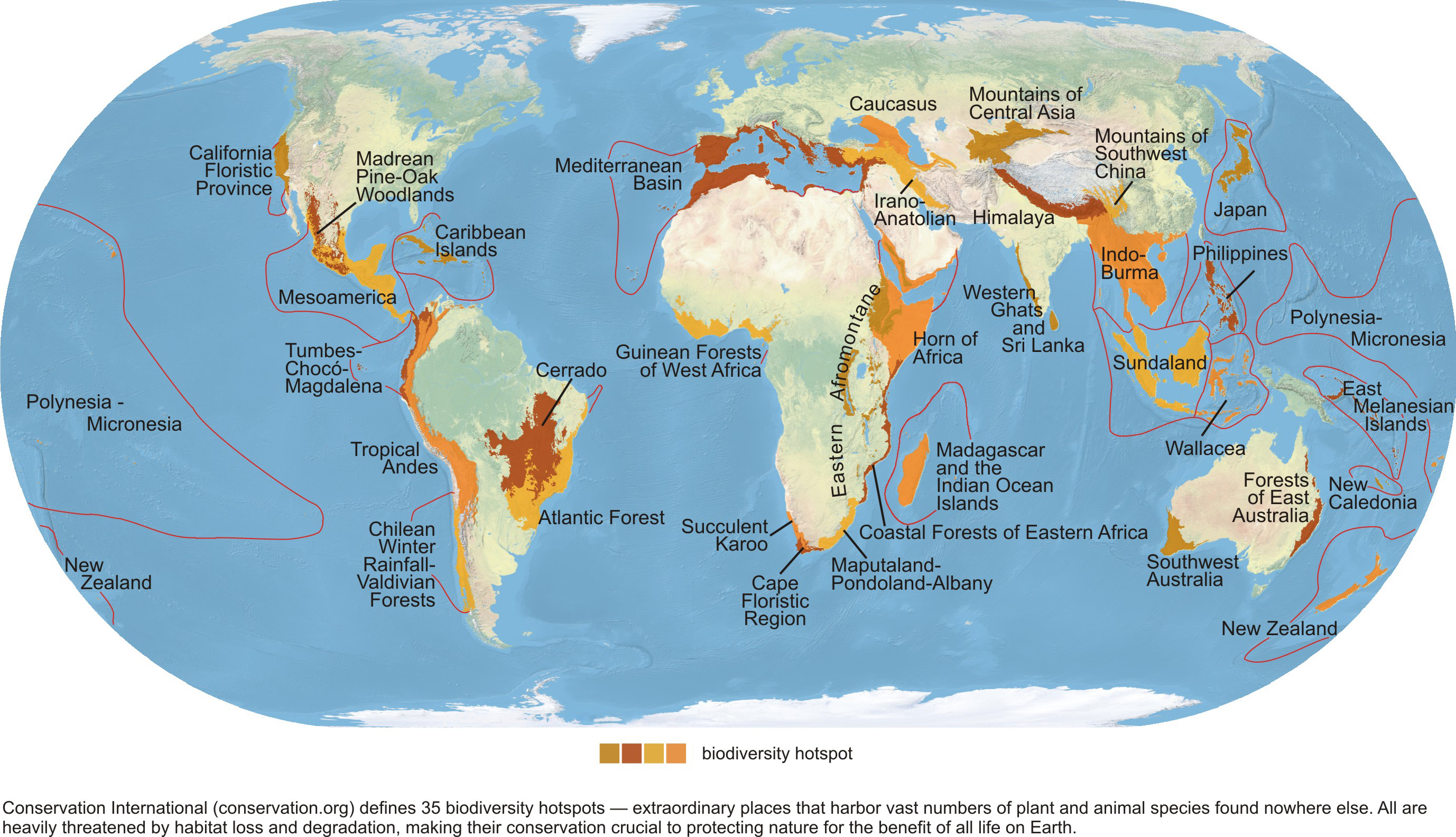|
Kākāriki
The three species of kākāriki (also spelled ''kakariki'', without the macrons), or New Zealand parakeets, are the most common species of parakeets in the genus '' Cyanoramphus'', family Psittacidae. The birds' Māori name, which is the most commonly used, means "small parrot". The etymology is: from ''kākā'', parrot + ''riki'', small. The word is also used to refer to the colour green because of the birds' predominantly green plumage. The patches of red on the birds' rumps are, according to legend, the blood of the demigod Tāwhaki. The three species on mainland New Zealand are the yellow-crowned parakeet (''Cyanoramphus auriceps''), the red-crowned parakeet, or red-fronted parakeet (''C. novaezelandiae''), and the critically endangered Malherbe's parakeet or orange-fronted parakeet (not to be confused with '' Aratinga canicularis'' a popular aviary bird known as the orange-fronted conure, orange-fronted parakeet or half-moon conure - ''C. malherbi''). Habitat All a ... [...More Info...] [...Related Items...] OR: [Wikipedia] [Google] [Baidu] |
Red-crowned Parakeet
The red-crowned parakeet (''Cyanoramphus novaezelandiae''), also known as red-fronted parakeet and by its Māori name of kākāriki,Parr, M., Juniper, T., D'Silva, C., Powell, D., Johnston, D., Franklin, K., & Restall, R. (2010). Parrots: A Guide to Parrots of the World: Bloomsbury Publishing. is a small parrot from New Zealand. It is characterised by its bright green plumage and the red pattern on its head. This versatile bird can feed on a variety food items and can be found in many habitat types. It used to be classified as near threatened as invasive predators had pushed it out of its historical range but it is now at least concern. This species used to occupy the entire island, but is now confined to only a few areas on the mainland and some offshore islands. Taxonomy The red-crowned parakeet is a member of the order Psittaciformes, also known as the parrots. It is part of the genus ''Cyanoramphus'', which currently includes 12 species of parakeets. ''C. novaezelandiae' ... [...More Info...] [...Related Items...] OR: [Wikipedia] [Google] [Baidu] |
Cyanoramphus Malherbi
''Cyanoramphus malherbi'' is a small parrot endemic to New Zealand, where it is known as the orange-fronted parakeet ( mi, kākāriki karaka) or orange-fronted kākāriki. In the rest of the world it is called Malherbe's parakeet, as when it was recognised as a species, the name "orange-fronted parakeet" was already used for ''Eupsittula canicularis'', a Central American species.BirdLife International (2016Species factsheet: ''Cyanoramphus malherbi''. Downloaded from www.birdlife.org on 2016-03-23. Restricted to a few valleys in the South Island and four offshore islands, its population declined to around 200 in the 1990s, and it is considered critically endangered by the IUCN. Taxonomy The genus '' Cyanoramphus'' is endemic to New Zealand and surrounding islandsKearvell, J; Grant, A; Boon, W (2003). "The orange-fronted parakeet (''Cyanoramphus malherbi'') is a distinct species: a review of recent research on its taxonomy and systematic relationship within the genus ''Cyanor ... [...More Info...] [...Related Items...] OR: [Wikipedia] [Google] [Baidu] |
Cyanoramphus
''Cyanoramphus'' is a genus of parakeets native to New Zealand and islands of the southern Pacific Ocean. The New Zealand forms are often referred to as kākāriki. They are small to medium-sized parakeets with long tails and predominantly green plumage. Most species are forest species, although several of the subantarctic species live in open grassland. The genus formerly had a disjunct distribution, with two species found in the Society Islands and the majority of the genus ranging from New Caledonia to Macquarie Island, but absent from the in between. Despite many fossil birds being found in the islands between these two areas being found none of these were of undescribed ''Cyanoramphus'' species. Like many other species of birds the ''Cyanoramphus'' parakeets have suffered from changes brought about by humans. The two species from the Society Islands, the black-fronted parakeet and the Society parakeet, have become extinct as have the subspecies from Lord Howe Island and Mac ... [...More Info...] [...Related Items...] OR: [Wikipedia] [Google] [Baidu] |
Cyanoramphus Auriceps
The yellow-crowned parakeet (''Cyanoramphus auriceps'') is a species of parakeet endemic to the islands of New Zealand. The species is found across the main three islands of New Zealand, North Island, South Island and Stewart Island/Rakiura, as well as on the subantarctic Auckland Islands. It has declined due to predation from introduced species such as stoats, although unlike the red-crowned parakeet, it has not been extirpated from the mainland of New Zealand. Its Māori name is ''kākāriki''. History The yellow-crowned parakeet was once widely distributed across all of New Zealand, both the main islands and the outlying ones. However, due to both the aforementioned introduced mammals and human destruction of habitat, these parakeets have become much scarcer in the last few decades. While uncommon, they are still the most common parakeet in New Zealand. Taxonomy This species was first described by Heinrich Kuhl in 1820 and originally named ''Psittacus auriceps''. Descriptio ... [...More Info...] [...Related Items...] OR: [Wikipedia] [Google] [Baidu] |
Malherbe's Parakeet
Malherbe's parakeet (''Cyanoramphus malherbi''), usually known as the orange-fronted parakeet ( mi, kākāriki karaka), is a small parrot endemic to New Zealand. In New Zealand it is always known as the orange-fronted parakeet, a name it shares with a species from Central America, while in the rest of the world it is known as Malherbe's parakeet.BirdLife International (2016Species factsheet: ''Cyanoramphus malherbi''.Downloaded from www.birdlife.org on 2016/03/23 Restricted to a few valleys in the South Island and four offshore islands, its population declined to around 200 in the 1990s, and it is considered critically endangered. Taxonomy The genus '' Cyanoramphus'' is endemic to New Zealand and surrounding islandsKearvell, J; Grant, A; Boon, W (2003). "The orange-fronted parakeet (''Cyanoramphus malherbi'') is a distinct species: a review of recent research on its taxonomy and systematic relationship within the genus ''Cyanoramphus"''. ''Notornis'', 50: 27–35 and it has be ... [...More Info...] [...Related Items...] OR: [Wikipedia] [Google] [Baidu] |
New Zealand Department Of Conservation
The Department of Conservation (DOC; Māori: ''Te Papa Atawhai'') is the public service department of New Zealand charged with the conservation of New Zealand's natural and historical heritage. An advisory body, the New Zealand Conservation Authority (NZCA) is provided to advise DOC and its ministers. In addition there are 15 conservation boards for different areas around the country that provide for interaction between DOC and the public. Function Overview The department was formed on 1 April 1987, as one of several reforms of the public service, when the '' Conservation Act 1987'' was passed to integrate some functions of the Department of Lands and Survey, the Forest Service and the Wildlife Service. This act also set out the majority of the department's responsibilities and roles. As a consequence of Conservation Act all Crown land in New Zealand designated for conservation and protection became managed by the Department of Conservation. This is about 30% of New ... [...More Info...] [...Related Items...] OR: [Wikipedia] [Google] [Baidu] |
Habitat Destruction
Habitat destruction (also termed habitat loss and habitat reduction) is the process by which a natural habitat becomes incapable of supporting its native species. The organisms that previously inhabited the site are displaced or dead, thereby reducing biodiversity and species abundance. Habitat destruction is the leading cause of biodiversity loss. Fragmentation and loss of habitat have become one of the most important topics of research in ecology as they are major threats to the survival of endangered species. Activities such as harvesting natural resources, industrial production and urbanization are human contributions to habitat destruction. Pressure from agriculture is the principal human cause. Some others include mining, logging, trawling, and urban sprawl. Habitat destruction is currently considered the primary cause of species extinction worldwide. Environmental factors can contribute to habitat destruction more indirectly. Geological processes, climate change, ... [...More Info...] [...Related Items...] OR: [Wikipedia] [Google] [Baidu] |
Endangered
An endangered species is a species that is very likely to become extinct in the near future, either worldwide or in a particular political jurisdiction. Endangered species may be at risk due to factors such as habitat loss, poaching and invasive species. The International Union for Conservation of Nature (IUCN) Red List lists the global conservation status of many species, and various other agencies assess the status of species within particular areas. Many nations have laws that protect conservation-reliant species which, for example, forbid hunting, restrict land development, or create protected areas. Some endangered species are the target of extensive conservation efforts such as captive breeding and habitat restoration. Human activity is a significant cause in causing some species to become endangered. Conservation status The conservation status of a species indicates the likelihood that it will become extinct. Multiple factors are considered when assess ... [...More Info...] [...Related Items...] OR: [Wikipedia] [Google] [Baidu] |

_(5981494893).jpg)




